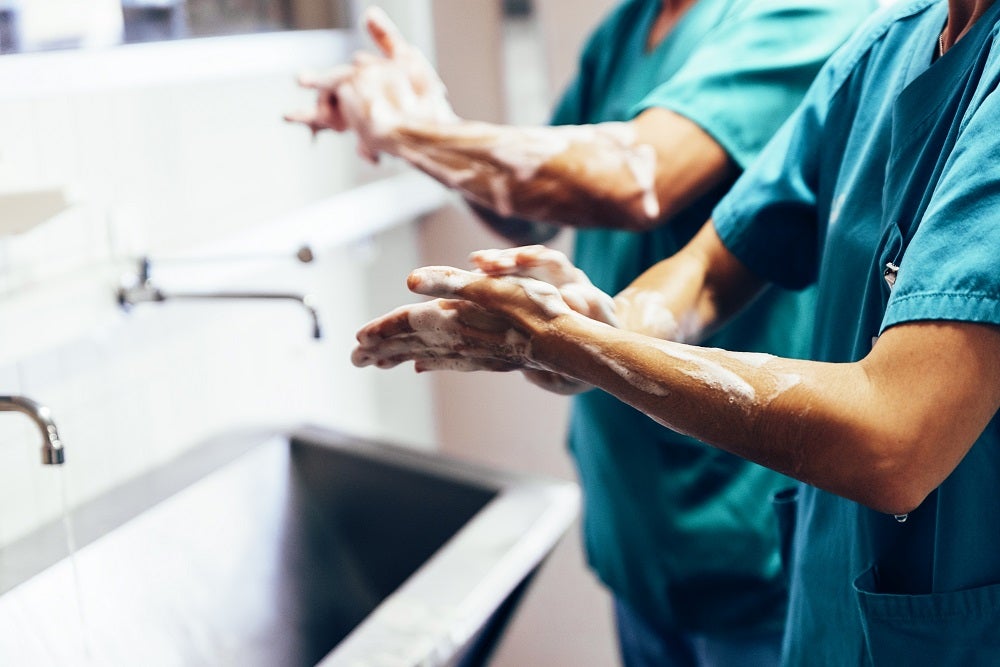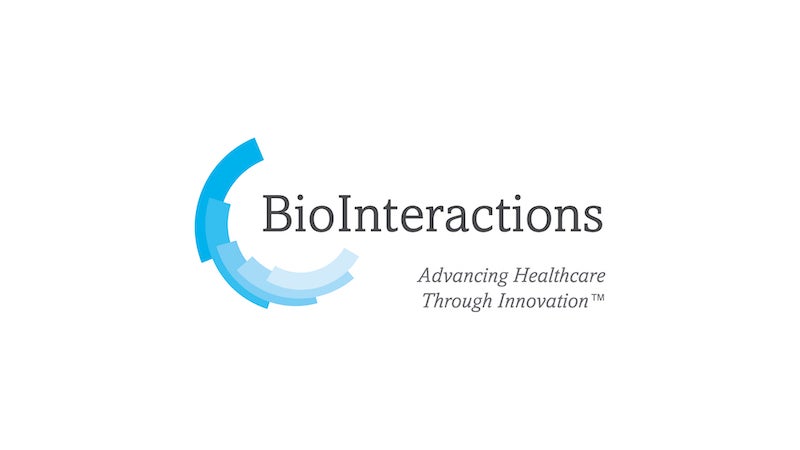
It’s the hospital care horror story we’ve heard all too often. A patient is admitted for an invasive procedure and contracts a healthcare-associated infection (HAI), sometimes leading to an illness more life-threatening than their initial diagnosis. Worrying figures from the UK Government show that more than 4 million patients in Europe experience a HAI each year, and around 37,000 die as a result of it.[1]
Infections are one of the healthcare industry’s largest problems, and hospital staff are under a huge amount of pressure to prevent them. From constant hand sanitising and PPE changes to rigorous cleaning protocols and an array of methods for medical device sterilisation, a considerable portion of a doctor’s day is geared towards mitigating infections.
This extends within the patient’s body too. When performing procedures, doctors rely heavily on antibiotics to reduce the risk of infection. The ever-pressing issue of antibiotic resistance and subsequent ‘superbugs’, however, is putting their routine usage under increasing amounts of scrutiny.
A global concern
It comes as no surprise that infection control made the WHO’s list of the top five biggest threats to global health. And after last year’s Covid-19 outbreak, the whole world understands the disastrous, widespread consequences that poor hygiene can have far outside of the operating room.
“You can’t really get a bigger example of the repercussions of poor infection prevention than a worldwide pandemic,” says Arjun Luthra, commercial director of BioInteractions. “If we had a prevention mechanism in place, as well as a highly regulated hygiene structure in public areas and people’s daily routines, the impact of Covid would be much less.
“Viruses and germs are difficult challenges to deal with and we don’t have many tools to solve them. You can even look at the economic impact that the common cold and flu has. In the UK, billions of pounds are lost when people are off work or not increasing the GDP due to these infections.”
Infection prevention is an all-encompassing issue that needs tackling head on, starting from the place where patients are most vulnerable: the hospital. Leading the mission is BioInteractions, a critical supplier of biocompatible materials to major medical device companies, based in Berkshire, England. With TridAnt®, its latest coating for medical devices, BioInteractions’ technology is the only medical device coating providing 99.999% efficacy against both gram-negative and gram-positive bacteria and yeast for up to 100 days.
“We’ve looked at the expertise that we have gained from our broad portfolio of materials and utilised all our learnings of the previous 30 years to provide the most state-of-the-art antimicrobial coating to date,” says Luthra. “There is no coating that has ever been able to provide a consistent five log reduction against bacteria and yeast for 100 days. In fact, the closest competitor is 14 to 15 days and they claim around four log reduction.”
The next-generation antimicrobial coating
Not only does TridAnt® outperform on efficacy and duration, its ‘contact kill,’ non-leaching mechanism represents a much safer way of eliminating bacteria than silver or copper-based leeching technologies. Safety is critical in the healthcare industry, and the first and second generations of the TridAnt® technology are already being used on central venous catheter devices around the world to improve biocompatibility and minimise the risk of infections.
The coating’s long-term durability and broad-spectrum efficacy only enhances this. “The device keeps itself disinfected as it sits inside the human body for up to 100 days. Because of this long-term efficacy, it reduces the number of replacements for implanted devices and helps to reduce the requirement of rigorous antibiotic regimes,” explains Luthra.
Cost savings for hospitals, plus increased comfort and convenience for patients can be gained from this. But for BioInteractions, the possibilities go even further. “When you’re not having to replace devices as often, there’s less risk of bringing infections into the body. Improving the patient’s safety is the real advantage.
“We also now want to stimulate our partners to innovate procedures in a different way, using 100-day cycles rather than 14. We see TridAnt® not only becoming the new standard level of technology but also becoming a platform to provide real, positive change and innovation in the medical device industry,” explains Luthra.
TridAnt® technology kills germs inside you, on you, and around you. To find out how it can be used by medical device providers to transform patient safety, download the whitepaper below.


